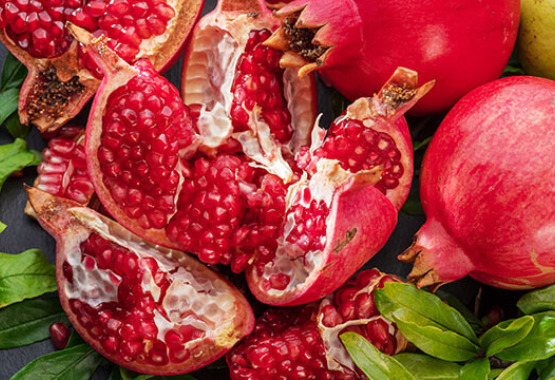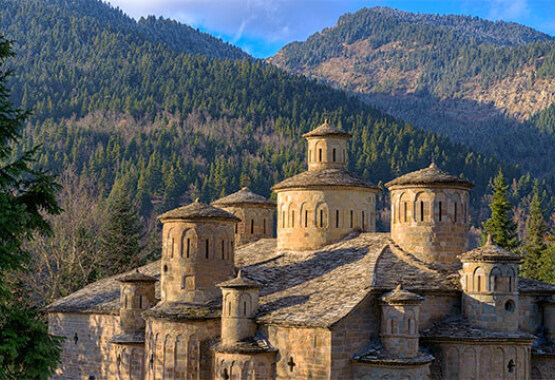Easter customs in Corfu
On the Greek islands Holy Week ceremonies begin on Palm Sunday. At 11.00 in the morning, the litany of the Holy Shrine of Saint Spyridon takes place in recognition of the miraculous deliverance of the island from the spread of the deadly plague in 1629. This litany is the largest in size and length, and follows the trail of the old Venetian city walls. All the Philharmonics (the local name for brass bands) of this Ionian island participate to honour the Patron Saint of Corfu. On the same night, the “Mántzaros” Philharmonic presents a solemn concert which beautifully evokes the melancholy mood of the Passion, or Holy, Week.
To enjoy all the religious celebrations held in the city of Corfu, here is your Holy Week programme:
On Good Monday. The Corfiots go shopping in order to prepare for the celebrations to come. The distinctive aromas of baking “foyátsa” (a kind of brioche decorated with a red egg), and “mandoláto” (a nobles’ favourite macaroon made of almond and honey) waft through the air.
On Good Tuesday. In the afternoon, listen to the story of Mary Magdalene “hymned” at the city churches. At around 9.00 p.m., participate in the Music and Poetry Night with the theme: “From Golgotha to Resurrection” at the Peristyle of the Old Palace.
On Good Wednesday. At noon the Corfiots attend the Holy Unction, then at 8.30 p.m. they fill up the Municipal Theatre to hear the Municipal Chorus singing ecclesiastical hymns of the Passion Week.
On Maundy Thursday. The Service of the Holy Passion is held in the churches. In the Duomo, the Catholic Cathedral, 12 candles are lit and put out one at a time after the reading of each of the 12 Gospels. On the same day, the ringing of the first bell means it is time for the Easter eggs to be dyed red, a custom that symbolises the rebirth of life and nature.
On Good Friday. Today, funereal bell rings will awake you. Ecclesiastical ceremonies commemorate the Descent of Christ from the Cross. On this day, young girls decorate the Epitaphs, whose circumambulation begins early in the afternoon accompanied by choruses and bands. The last Epitaph, and the most impressive one, makes its appearance at 10.00 p.m. It is the Epitaph of Corfu Cathedral. Listen to the music, which gives an ecstatic dimension in this mournful night: the “Old” Philharmonic (Red) performs Albinoni's Adagio, the “Mántzaros” Philharmonic (Blue) plays Verdi's Marcia Funebre, and the “Kapodistrias” Philharmonic plays Mariani's Elegia Funebre and Chopin's Marche Funèbre.
On Easter Saturday. At 6.00 a.m. at the church of the Virgin Mary of Ksénon (of the strangers) the custom of the artificial earthquake re-enacts the earthquake that followed Christ’s Resurrection. At 11.00 a.m., the first Resurrection is announced. People say the phrase “Christós Anésti” (Christ is risen) to one another. The response is “Alithós Anésti” (he has truly risen). Be prepared to experience a truly unique celebration: “Christós Anésti” is proclaimed against a background of loudly pealing bells and the joyful sounds of the bands as they parade through the streets. People hurl clay pots from windows and balconies which crash noisily on the streets below.
At night, attend the Catholic Mass of the Resurrection in Duomo, or the Orthodox Resurrection Service at “Páno Platía” (Upper Square). Visitors will find themselves surrounded by thousands of lit candles: on balconies, on window sills or held by others attending the ceremony. The Resurrection of Christ is celebrated at 12.00 sharp with drum beats and fireworks.
Finally, to celebrate Easter Sunday, after attending the Service of Love, venture out of Corfu town and into the countryside and villages to participate in all the festivities held throughout the island. And don’t leave before you pay a visit to the nearby islands of Paxi and Antipaxi!




